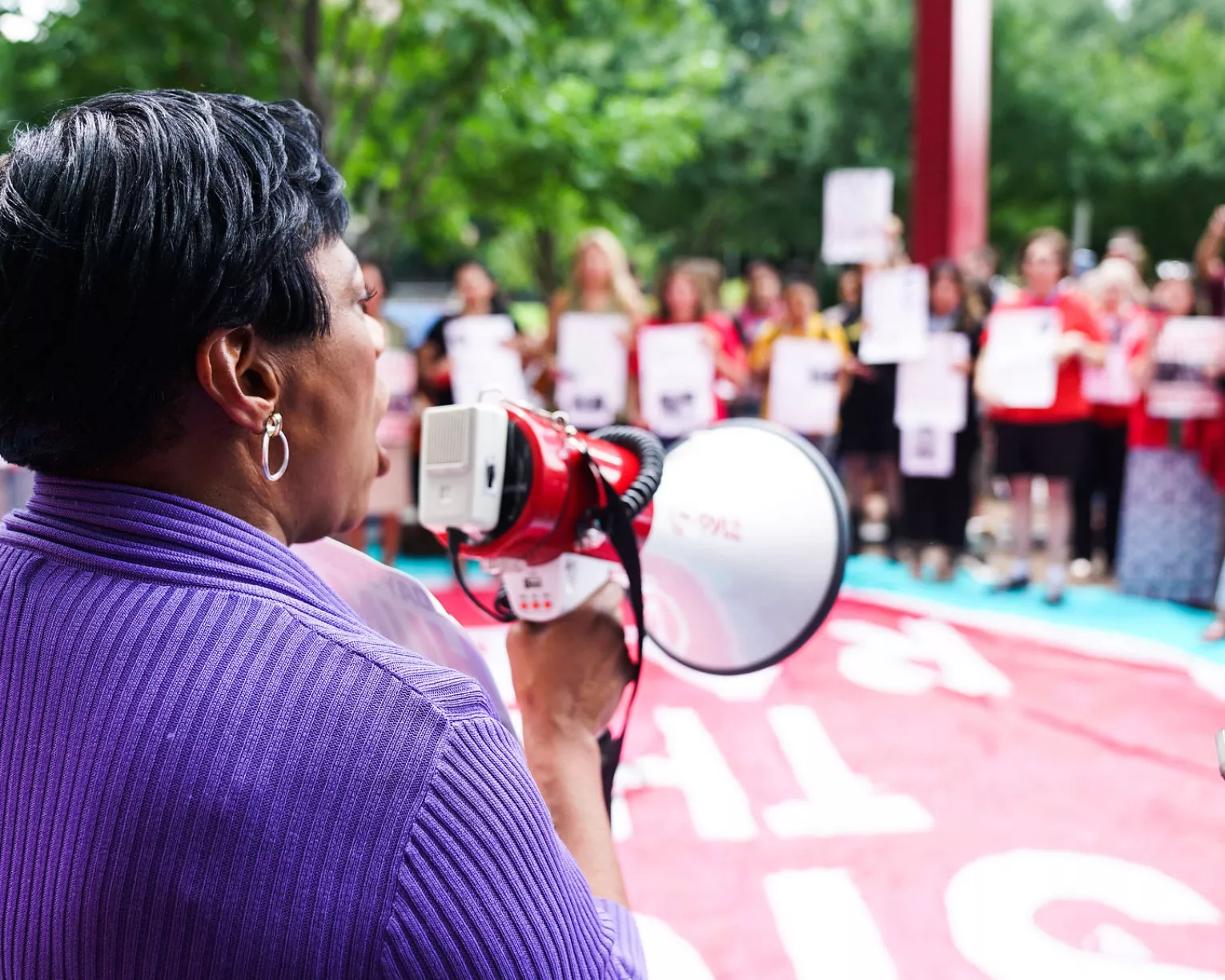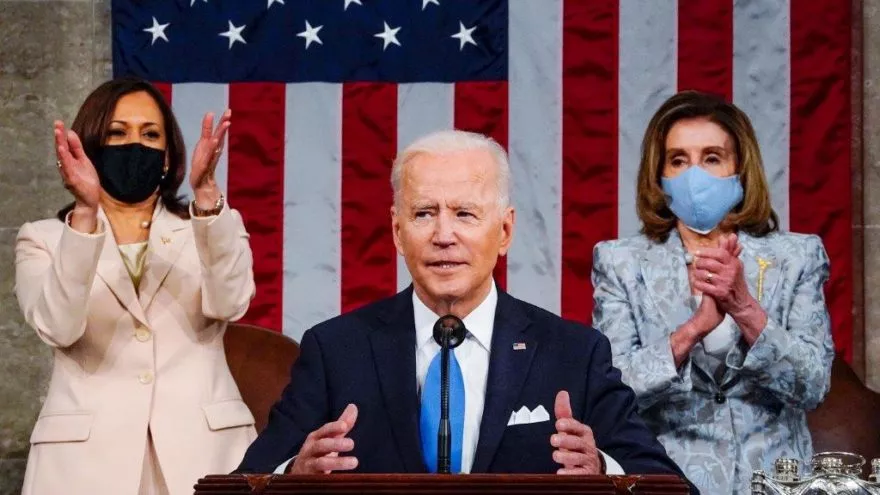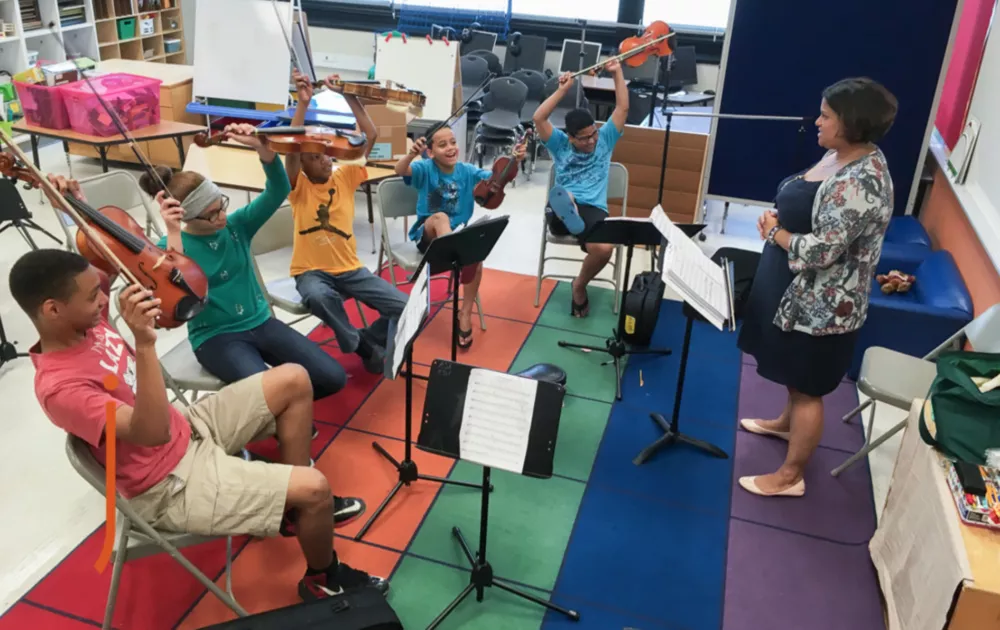We're speaking up for our students and public schools. Visit our Action Center to find out what you can do.
Learn More
Published: December 2, 2021
The Infrastructure Investment and Jobs Act strengthens our nation’s physical infrastructure. It extends the Secure Rural Schools program, begins to eliminate the lead service lines and pipes remaining in schools and child care facilities, and provides the means to electrify thousands of school buses to reduce harmful emissions.
The Build Back Better Act is a once-in-a-generation opportunity to improve the lives of—and provide new opportunities for—students, educators, and families across the country. It addresses long-ignored challenges ranging from how we care for those who have fallen on hard times to giving all children a strong start in early education to ensuring every neighborhood has safe drinking water.
We're speaking up for our students and public schools. Visit our Action Center to find out what you can do.
Learn More
Are you an affiliate?
Jump to updates, opportunities, and resources for NEA state and local affiliates.

Speak Up For Students and Public Schools
When we act together and lift our voices together in unison, we can improve the lives of children.








